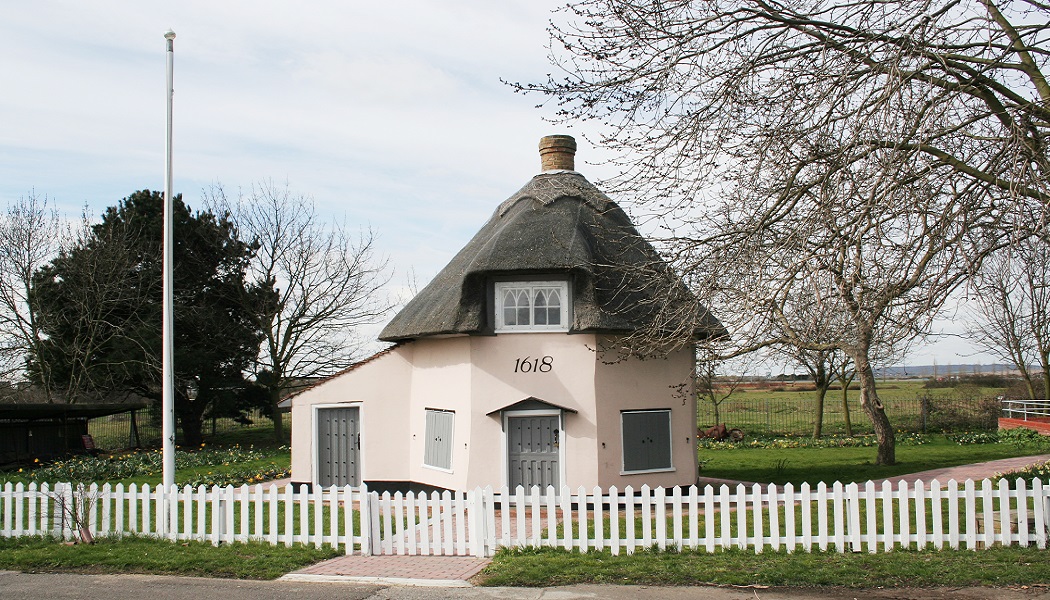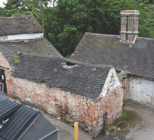The third edition of the RSA Heritage Index, conducted by the Royal Society for Arts, Manufactures and Commerce, in collaboration with National Lottery Heritage Fund, points to huge post-pandemic opportunities if new approaches to heritage funding are taken in previously untapped areas.
The report suggests that if the government is serious about its ‘levelling up’ agenda then it will need to invest in the heritage sector and areas with the highest potential for growth.
“It [the heritage sector] certainly needs support from government to keep things going, but we are hopeful that it can come out of the pandemic with a new generation of supporters. Lockdown has forced us to think more intensely about our local areas, and we’ve seen a colossal uptick in staycationers this year,” says Hannah Webster, senior researcher at the RSA.
“Rethinking how we use our heritage is imperative if the industry is to thrive in the 21st century. The heritage sector, local authorities and others should be looking at how they can use their untapped assets, and how the sector can build back to a more inclusive vision of heritage.”
Ups and downs
Heritage Potential Ranking: Top 10
- Castle Point
- Chorley
- Redditch
- Gravesham
- Rochford
- Tower Hamlets
- Broxbourne
- Eastleigh
- Medway
- Oadby and Wigston
Heritage Index Ranking: Top 10
- City of London
- Kensington and Chelsea
- Norwich
- Oxford
- Gosport
- South Lakeland
- Scarborough
- Richmondshire
- Cambridge
- Hastings
The Index considers factors including listed buildings, levels of public participation and existing funding streams to calculate its results. This should in no way be considered all that matters, the report argues, highlighting that heritage also constitutes shared experience, local histories and many other “intangible” qualities.
“Heritage can be a real vehicle for economic growth and keeping money in the local economy – we’re hoping these areas take a look at the amazing heritage assets they have and use them as an opportunity to level up,” Webster concludes.
Just as previous iterations of the Index have been used by local authorities to develop local heritage strategies, the RSA also hopes central government may now utilise the resource when plotting a post-pandemic economic plan.
Ros Kerslake, chief executive of the National Lottery Heritage Fund, believes the Index is the “perfect place to start understanding the full potential of heritage in local areas” and that the hardships of 2020 have “brought into even sharper focus the heritage on our doorstep, and the contribution it can make to jobs, skills, tourism, economic prosperity and wellbeing”.
The RSA Heritage Index 2020 can be accessed here.










